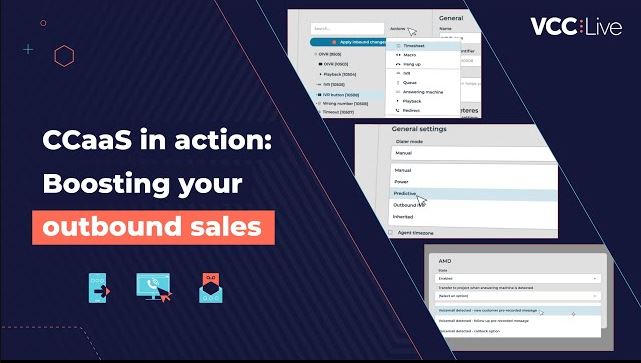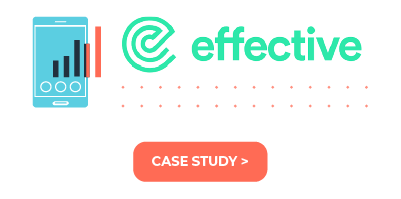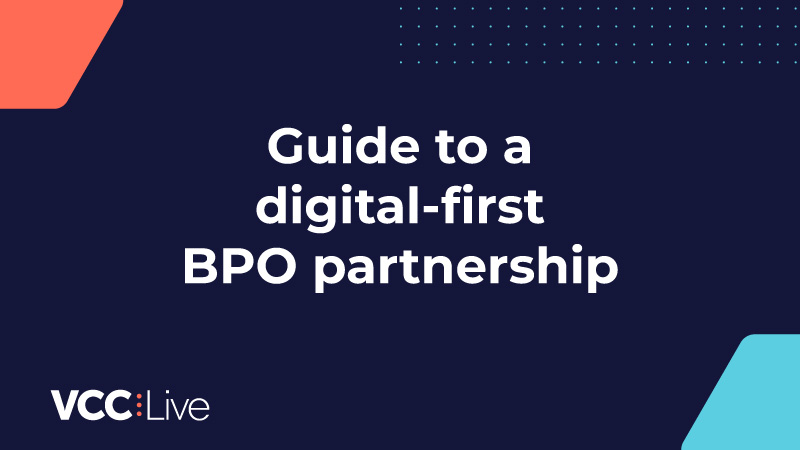Providing exceptional healthcare call center experiences while maintaining operational efficiency is a constant challenge for clinics. Whether you’re managing appointment scheduling, patient follow-ups, or billing inquiries, your call center plays a critical role in patient satisfaction and trust.
Tracking the right metrics helps healthcare call centers identify bottlenecks, improve agent performance, and deliver better patient outcomes.
In this article, we’ll explore the 10 most important healthcare call center metrics that every healthcare organization should monitor.
1. Average Speed of Answer (ASA)
What it measures:
The average time it takes for an agent to answer an incoming call, including any time spent in the queue.
Why it matters:
Patients calling healthcare providers are often in vulnerable situations, seeking medical information, clarification, or reassurance. Long waiting times can heighten anxiety and discourage future contact.
A low ASA shows that your call center is well-staffed and responsive, while a consistently high ASA can signal the need for better workforce management or additional automation.
How to improve it:
- Implement intelligent call routing to connect patients with the right department faster.
- Use Interactive Voice Response (IVR) to answer common queries automatically.
- Monitor peak hours and adjust staffing levels dynamically.
2. Call Abandonment Rate
What it measures:
The percentage of callers who hang up before speaking to an agent.
Why it matters:
In healthcare, a missed call can mean a missed opportunity to deliver care or schedule an appointment. A high call abandonment rate typically indicates long queue times, poor self-service options, or unclear on-hold messages.
How to improve it:
- Offer callback functionality, allowing patients to keep their place in the queue without waiting on hold.
- Provide estimated wait times or proactive messages explaining delays.
- Analyze call patterns to optimize staffing and avoid bottlenecks.
3. First Call Resolution (FCR)
What it measures:
First call resolution shows the percentage of issues resolved during the first call, without transfers or follow-up interactions.
Why it matters:
High FCR means your agents are empowered with the right tools and information to help patients efficiently. For healthcare providers, this translates into less patient frustration, higher satisfaction, and better trust.
How to improve it:
- Give agents access to patient records, scheduling systems, and billing data in one unified interface.
- Use knowledge bases or AI-powered assistants to provide real-time support and answers.
- Analyze call recordings to identify common issues that could be resolved faster.
4. Average Handling Time (AHT)
What it measures:
The total time an agent spends per call, including talk time, hold time, and after-call work (ACW).
Why it matters:
AHT helps you balance efficiency with empathy. In healthcare, overly short calls might indicate rushed interactions, while overly long calls can suggest inefficiencies or unclear processes.
How to improve it:
- Automate repetitive administrative tasks like note-taking or CRM updates.
- Train agents to guide conversations effectively without compromising care.
- Use call analytics to identify unnecessary steps in call handling.
5. Service Level
What it measures:
The percentage of calls answered within a set time threshold (e.g., 80% answered within 20 seconds).
Why it matters:
Service level reflects how well your call center meets patient expectations for responsiveness. It’s also a key indicator for scheduling efficiency and resource allocation.
How to improve it:
- Monitor service levels in real time to detect and respond to spikes in demand.
- Use blended agent models to shift resources between inbound and outbound operations dynamically.
- Invest in workforce management tools to forecast call volumes accurately.
6. Patient Satisfaction Score (CSAT)
What it measures:
A post-call rating reflecting how satisfied patients are with their interaction, usually with a yes/no question or using a scale of 1–5 or 1-10.
Why it matters:
CSAT is a direct indicator of how patients perceive your service quality. Patient satisfaction has a measurable impact on trust and treatment follow-through. When your call center delivers smooth, supportive interactions, patients are more likely to rely on your organization and stay engaged with their care plans.
How to improve it:
- Follow-up calls with automated surveys via SMS or IVR.
- Train agents on empathy, active listening, and clear communication.
- Use analytics to correlate satisfaction scores with call types and agent performance.
7. Agent Occupancy Rate
What it measures:
The ratio of time agents spend actively handling calls versus waiting for calls. The ideal range is between 75% and 85% for most healthcare contact centers.
Why it matters:
A balanced occupancy rate ensures agents are productive without being overworked. In healthcare call centers, maintaining this balance prevents burnout and improves service consistency.
How to improve it:
8. Schedule Adherence
What it measures:
How closely agents follow their assigned working hours, breaks, and shift start times.
Why it matters:
Even a small deviation from schedules can cause service level drops, especially in healthcare, where call volumes can fluctuate unpredictably.
How to improve it:
- Use automated reminders and real-time dashboards to monitor adherence.
- Reward punctuality and consistency.
- Plan for flexible staffing options or on-call agents to handle sudden surges.
9. Call Quality Score
What it measures:
The quality of each call, typically assessed through quality assurance (QA) evaluations or AI-driven speech analytics.
Why it matters:
High call quality helps healthcare contact centers give patients the right information the first time and create a sense of reassurance during sensitive conversations. It keeps interactions smooth and supports a more reliable care experience.
How to improve it:
- Develop a QA checklist that evaluates accuracy, tone, empathy, and compliance.
- Use AI tools to automatically flag potential quality issues or sentiment changes.
- Provide coaching sessions using real examples from calls to encourage best practices.
10. Compliance Rate
What it measures:
The percentage of interactions that adhere to data privacy and healthcare regulations, such as HIPAA (in the U.S.) or GDPR (in the EU).
Why it matters:
Protecting patient data is a legal requirement and a non-negotiable for maintaining patient trust. Failing to comply can lead to hefty fines and damage your organization’s reputation.
How to improve it:
- Use a secure cloud contact center platform that encrypts data and restricts access by role.
- Regularly train agents on compliance protocols.
- Record calls where legally permitted and review them for adherence to disclosure and data-handling standards.
Ready to improve your healthcare call center performance?
Discover how VCC Live can help your team deliver fast, reliable and compliant patient support.
👉 Book a free demo to see our healthcare contact center solution in action.















